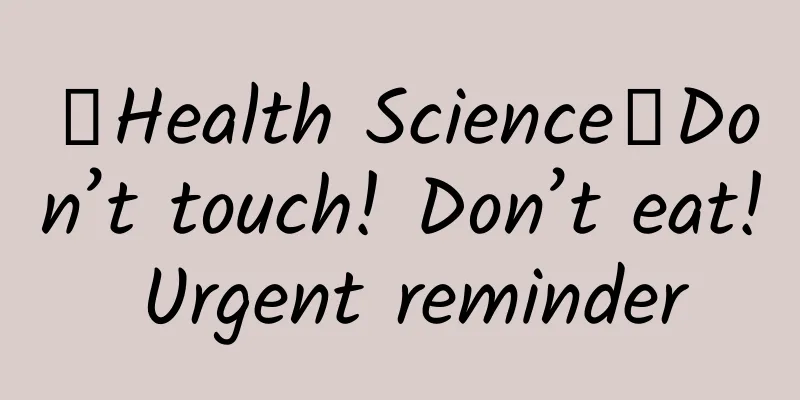【Health Science】Don’t touch! Don’t eat! Urgent reminder

|
March It’s spring and flowers are blooming When everything comes back to life Many people go out for a walk Many netizens also shared pictures of digging wild vegetables, but reminded everyone: Recent Wild vegetables and mushrooms It's time for vigorous growth Don’t pick wild vegetables on the roadside 🙅🙅🙅 Urgent reminder! Do not dig or eat wild vegetables casually because you may not recognize the poisonous plants and eat them! Let's take a look at these cases↓ 0 2 Many people accidentally ate poisonous wild flowers 0 3 Mistaking Gelsemium elegans for Honeysuckle in Soup, Poisoning <br /> A couple in Shaoguan, Guangdong, mistakenly picked Gelsemium elegans for Honeysuckle and took them home to make soup. As a result, their bodies turned black and they fell into a deep coma. Both were admitted to the ICU. Wild vegetables have no special nutritional value 01Are wild vegetables really natural, healthier and more nutritious? → Stop eating, induce vomiting, and seek medical attention - If you experience symptoms of poisoning such as dizziness, nausea, abdominal pain, diarrhea, etc. after eating wild vegetables or wild mushrooms, stop eating immediately.
|
<<: How much do you know about the two 4 points you need to pay attention to when using entecavir?
>>: Tips on TCM treatment of constipation and common home prescriptions
Recommend
Membrane rupture time
It is not good if the amniotic membrane ruptures ...
What does the word "jinji" mean on the chess board? What is the name of the river in chess?
In Chinese chess, as the saying goes, the horse m...
Is it a boy or a girl if the belly is hard in late pregnancy
Pregnant women will feel very strange if they fin...
The 4 types of food that cancer fears the most, it is recommended to eat more! Save it now
When it comes to "cancer", no one is no...
What is watery leucorrhea in gynecology?
Leucorrhea is a normal vaginal discharge for wome...
What should you pay attention to before taking the HPV vaccine?
The hpv vaccine is the cervical cancer vaccine. S...
How much does it cost for pregnant women to do Down syndrome screening? How much does it cost for pregnant women to do sugar screening? How much does it cost for pregnant women to do Down syndrome screening?
When preparing for pregnancy, you need to do a pr...
How to use makeup remover?
Many women wear makeup, and they need to remove i...
Can age-related macular degeneration be cured? What treatments are available?
Author: Ma Zhizhong, Chief Physician, Peking Univ...
Who are the people who are returning home? Why do they need to monitor their health at home for 14 days? Here is the authoritative answer
On the 20th, the National Health Commission issue...
Can you get pregnant the next day after your period?
An event may produce different results when it ha...
Should I wake up my newborn baby if he falls asleep while feeding? Why does my newborn baby fall asleep while feeding?
We all know that newborns like to sleep soon afte...
What are the commonly used ovulation drugs?
Ovulation drugs are mainly used to help some pati...
How to get rid of leg hair during pregnancy
During pregnancy, the stimulation of certain horm...
All children should be screened for conditions that can cause sudden death! American Academy of Pediatrics statement
Each year in the United States, about 2,000 peopl...









